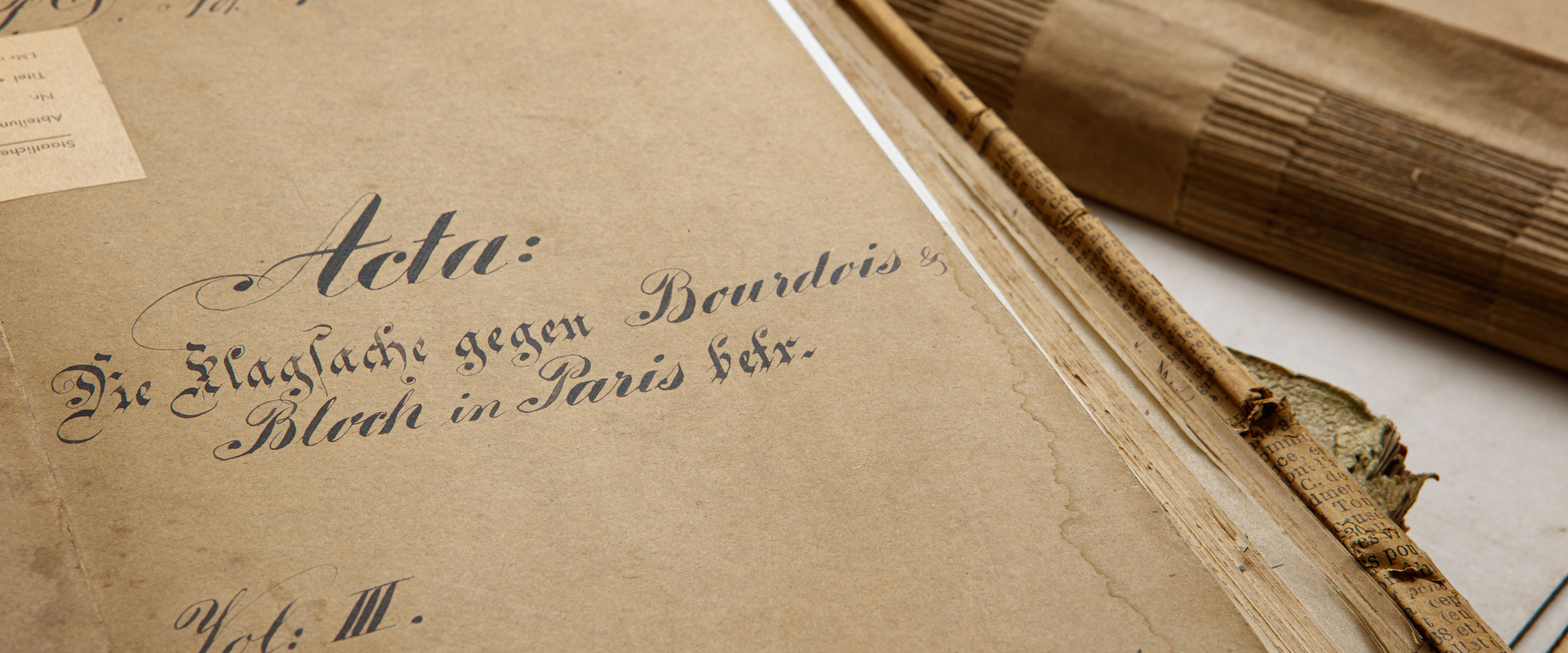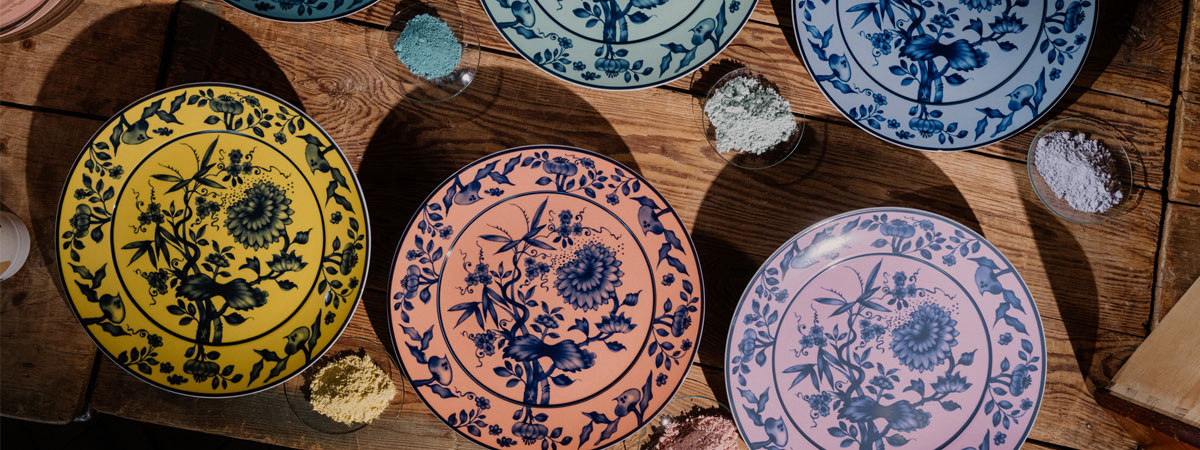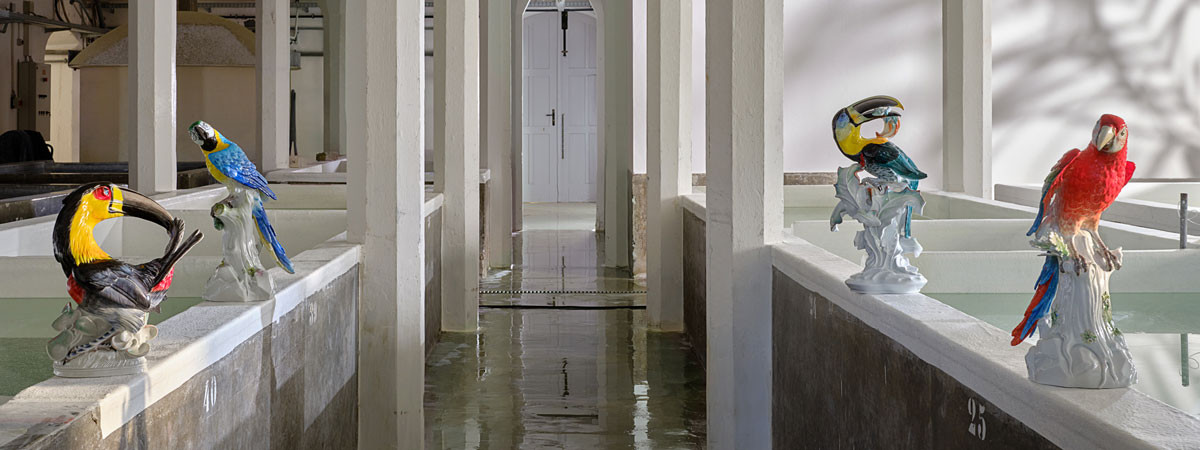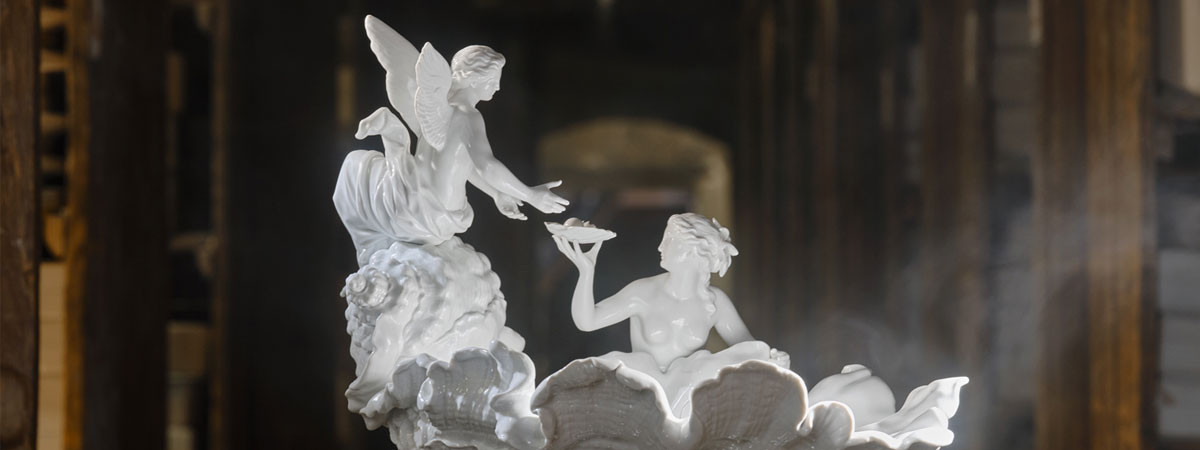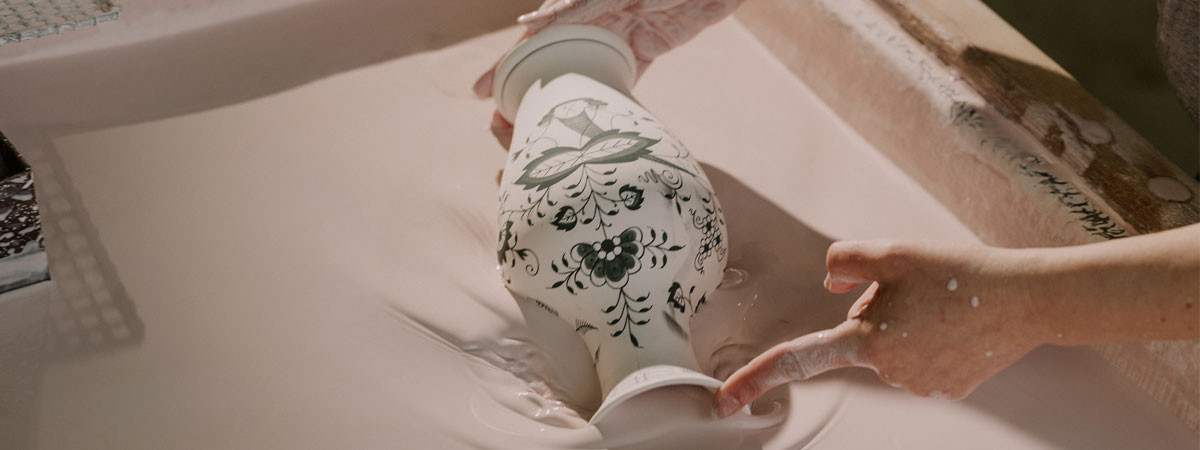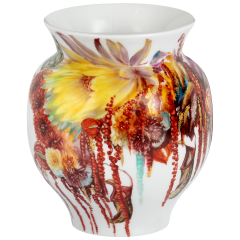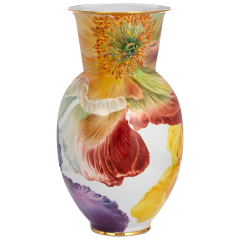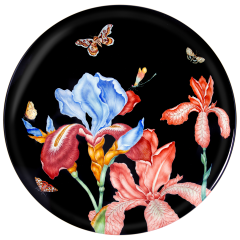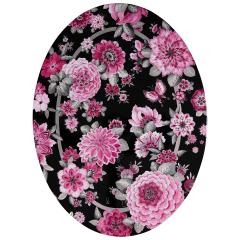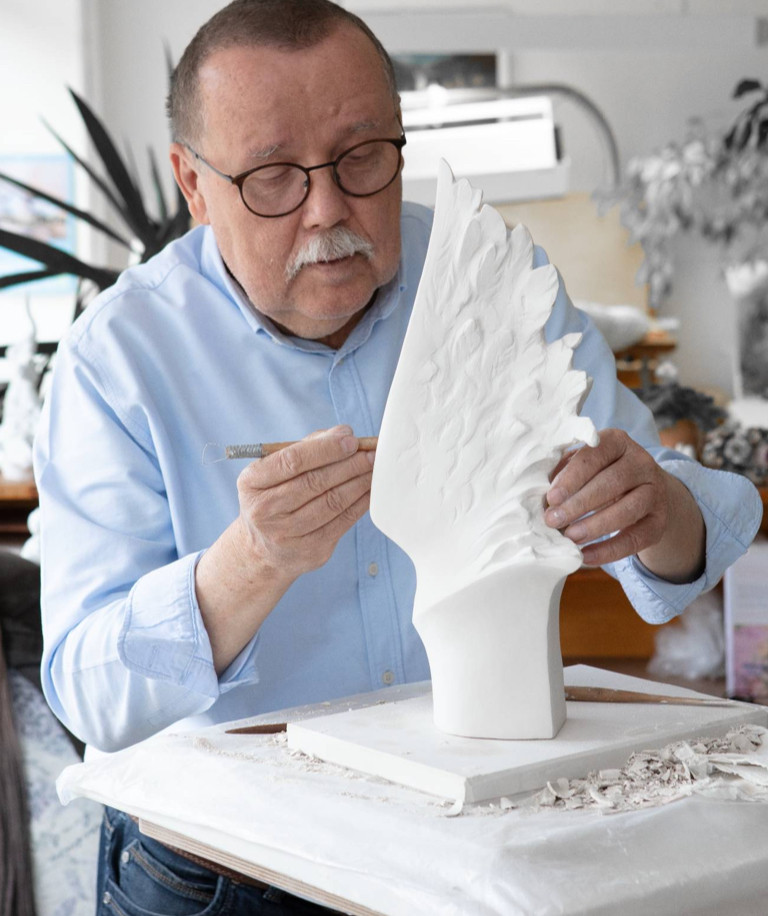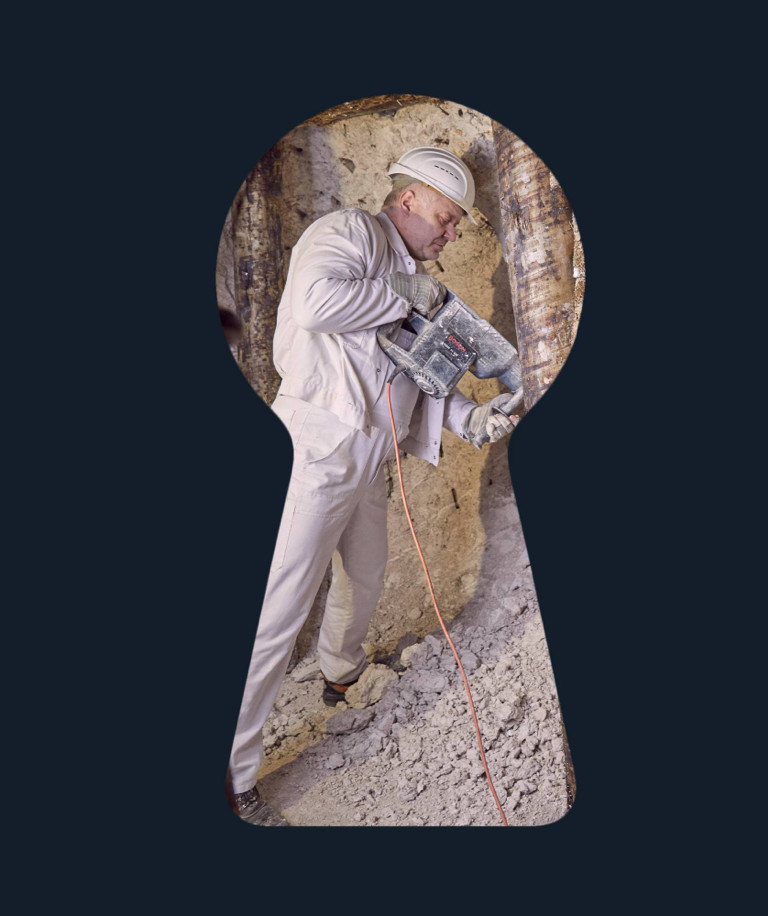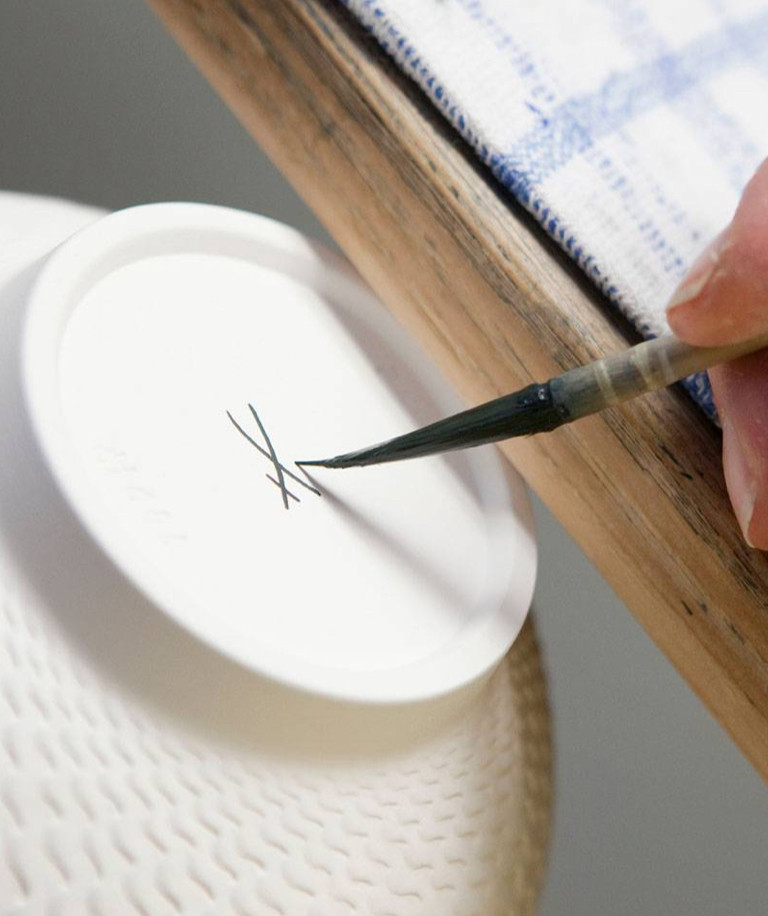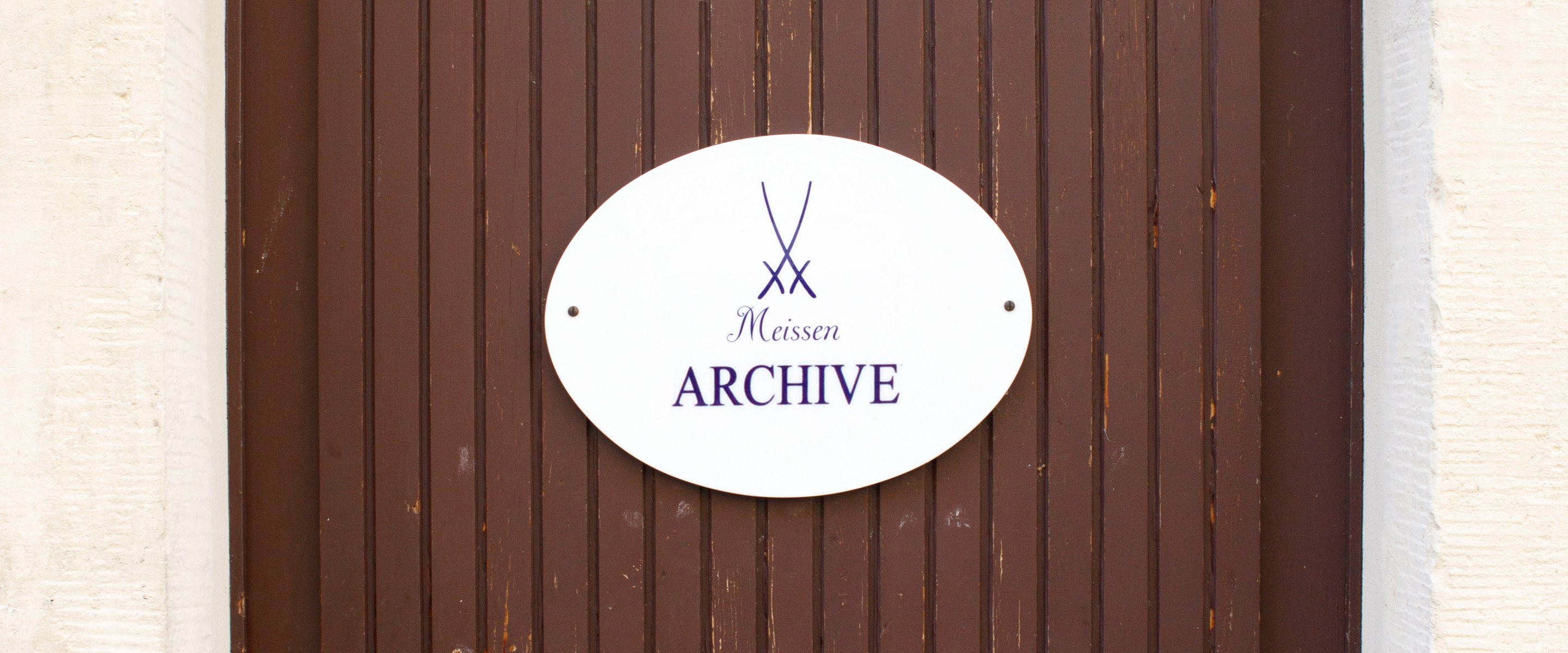
Fantastic MEISSEN places - The archive
#Treasury
-
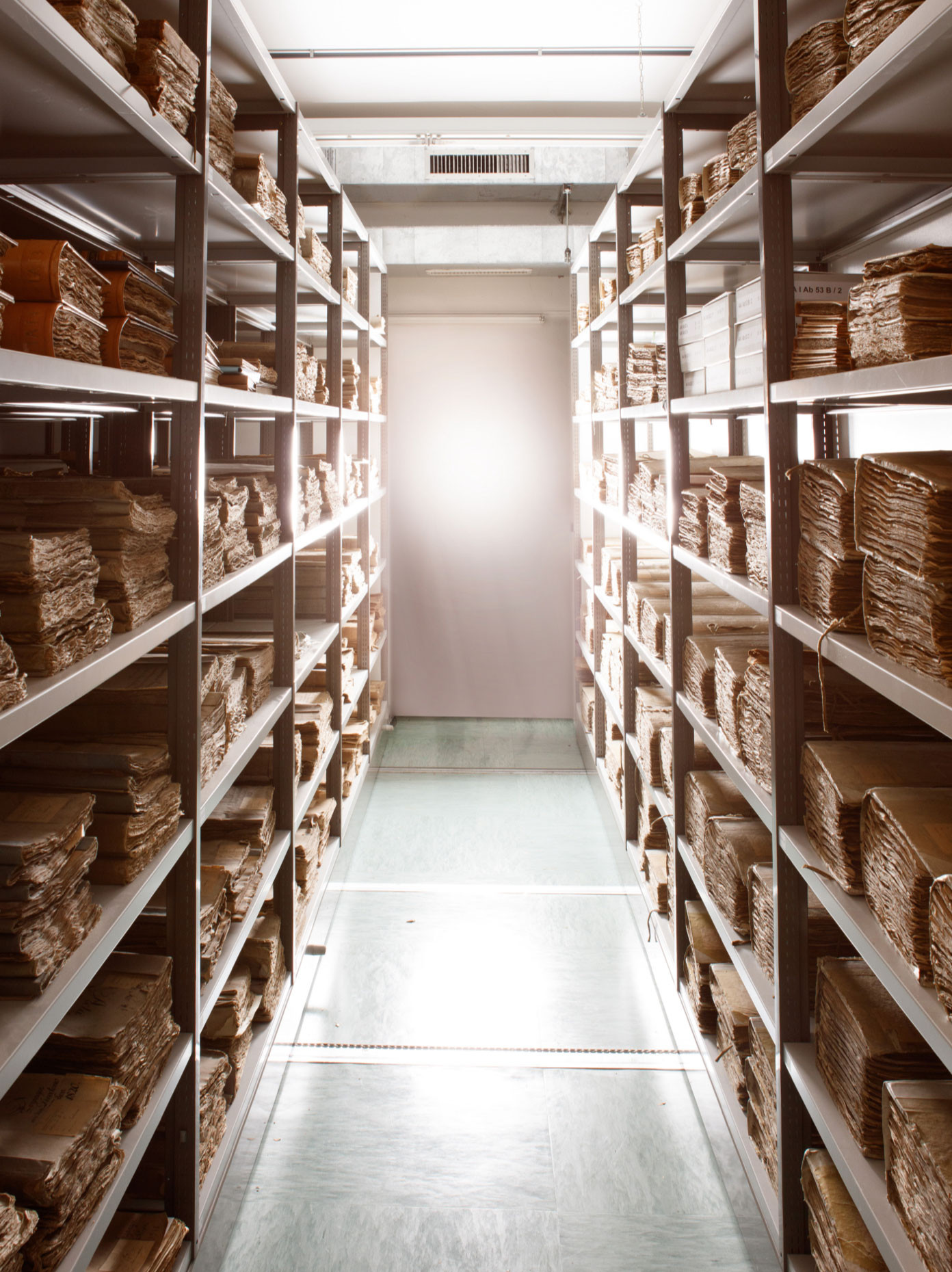 The history of Meissen porcelain is full of incredible treasures and historical milestones. It began with the discovery of the first European hard porcelain by Böttger and Tschirnhaus, the founding of the "Royal Polish and Electoral Saxon Porcelain Manufactory" by August the Strong in 1710, and the occupation of Albrechtsburg Castle as the first production site for the "white gold". This was the starting signal for an incomparable success story that continues to this day and has generated numerous fans and enthusiasts all over the world. This history is the pride of MEISSEN and is still guarded with the utmost care to this day - In a small, fine, inconspicuous building on our current premises on Talstraße in Meissen's Triebischtal. May we introduce: Our archive.
The history of Meissen porcelain is full of incredible treasures and historical milestones. It began with the discovery of the first European hard porcelain by Böttger and Tschirnhaus, the founding of the "Royal Polish and Electoral Saxon Porcelain Manufactory" by August the Strong in 1710, and the occupation of Albrechtsburg Castle as the first production site for the "white gold". This was the starting signal for an incomparable success story that continues to this day and has generated numerous fans and enthusiasts all over the world. This history is the pride of MEISSEN and is still guarded with the utmost care to this day - In a small, fine, inconspicuous building on our current premises on Talstraße in Meissen's Triebischtal. May we introduce: Our archive.
If the porcelain sign with the cobalt-blue swords and the words "Archive" did not hang on the entrance door, you would not suspect in the least what treasures are to be found on the two floors inside the building. And even when you first enter the little house, the magic that one imagines in such a facility is hidden behind an inconspicuous, neat façade. Only when the archivist operates the cranks of the modern rolling shelving system on the lower floor is the breathtaking collection revealed, leaving the viewer in awe and wonder. Tonnes of books pile up on the shelves. Leaf collections marked by time, full of ripples and deep, golden patina, held together by leather and parchment bindings - A timeless beauty with information steeped in history. It is hard to imagine what treasures are hidden in the rows of this collection. Among them, for example, a guest book entry by Augustus the Strong himself, which he left behind on his first visit to Albrechtsburg Castle. Böttger's documentation of his successful attempt to produce a white shard is also found here. Countless little anecdotes that have made our porcelain manufactory what it is today.
“Without archives many stories of real people would be lost, and along with those stories, vital clues that allow us to reflect and interpret our lives today.”
Sara Sheridan
Sara Sheridan
-
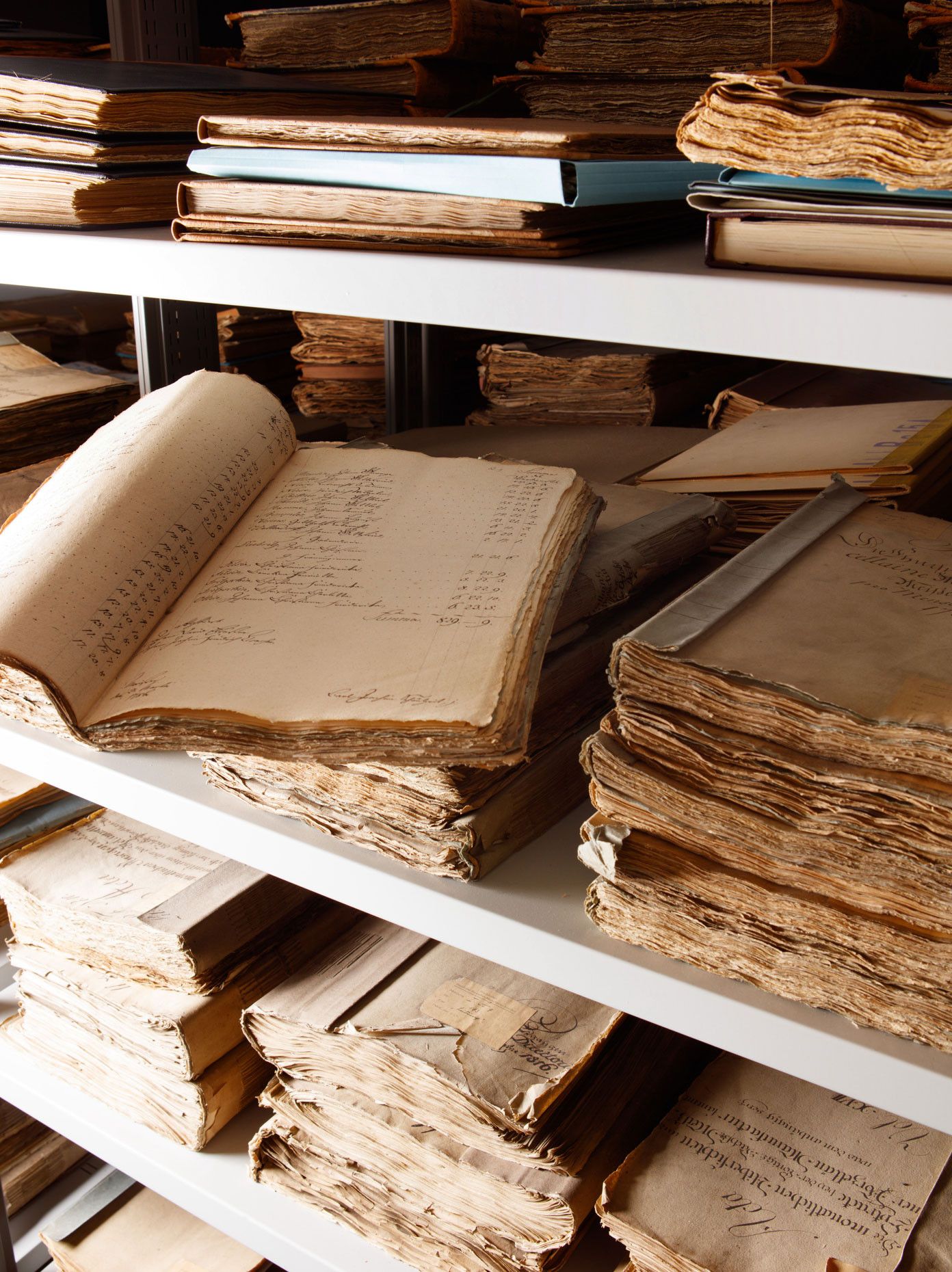 It was not until the middle of the 20th century that a start was made on systematically recording and organising all the surviving written material from 1700 to 1945. Thus, in 1951, the so-called "old archive" was created, which, with its more than 4,000 files, has a total of 140 linear metres - in other words, if you were to stack the files on top of each other, they would be about as big as the Cheops pyramid. Everything that has come together since 1945 is in the "New Archive". In addition to the business records, there is also an extensive collection of originals: copperplate engravings, watercolours, drawings and patterns. The history of the porcelain manufactory is also preserved in images and films on more than 3,000 glass negatives, 50,000 negatives and 80 films on various media. There are also 8,000 glass negatives with product photographs, as well as 700 catalogues, price lists and brochures. And let's not forget the library, which contains over 100 books and monographs published by MEISSEN on the company's history as well as more than 7,000 books and trade journals on ceramics, porcelain and art history. All in all, an incredible stock of treasures.
It was not until the middle of the 20th century that a start was made on systematically recording and organising all the surviving written material from 1700 to 1945. Thus, in 1951, the so-called "old archive" was created, which, with its more than 4,000 files, has a total of 140 linear metres - in other words, if you were to stack the files on top of each other, they would be about as big as the Cheops pyramid. Everything that has come together since 1945 is in the "New Archive". In addition to the business records, there is also an extensive collection of originals: copperplate engravings, watercolours, drawings and patterns. The history of the porcelain manufactory is also preserved in images and films on more than 3,000 glass negatives, 50,000 negatives and 80 films on various media. There are also 8,000 glass negatives with product photographs, as well as 700 catalogues, price lists and brochures. And let's not forget the library, which contains over 100 books and monographs published by MEISSEN on the company's history as well as more than 7,000 books and trade journals on ceramics, porcelain and art history. All in all, an incredible stock of treasures.
Preserving this archive, maintaining it, restoring it and, for some years now, digitising it, is a life's work that the current archivists carry out with full dedication and passion. And we are grateful for it, because our corporate archive is more than just a building full of books and documents. It is a treasure trove of knowledge, a place where the rich history and tradition of Meissen porcelain lives on. From its historical beginnings to the present day, the archive provides a deep insight into the craftsmanship, creativity and passion that have made Meissen porcelain a true masterpiece for over 300 years.
